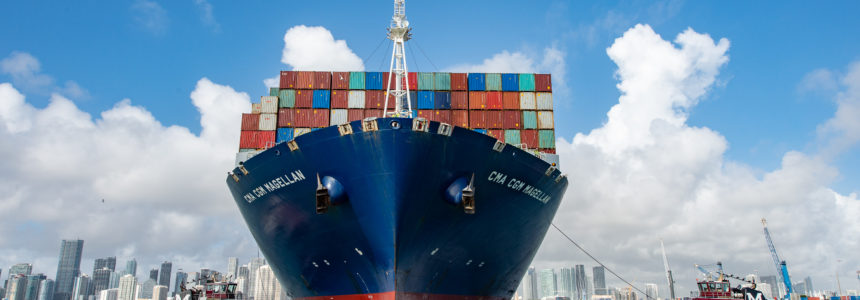News & Updates
Florida seaports celebrate 30 years of strategic infrastructure investments

2019 Report Shows Steady Trade, Record Cruising Numbers
TALLAHASSEE – Just before the worldwide pandemic hit Florida’s economy, Florida seaports showed steady trade from 2018 to 2019. Florida’s total waterborne trade for 2019 was valued at $86.6 billion, with top trading partners including China, Japan, the Dominican Republic, Brazil and Mexico. Additionally, cruising increased 8.7 percent over the year, with a total of 18.3 million passenger movements.
The 2020-2024 Five-Year Seaport Mission Plan, completed annually as part of the Florida Seaport Transportation and Economic Development Council’s (FSTED) mission, provides a snapshot of ports’ economic impact along with goals for the next five years.
The new report applauds the state of Florida’s investment in seaports through FSTED, which was created by the Legislature 30 years ago, and also acknowledges the difficulties of estimating the impact of COVID-19 on trade and cruising in 2020 and beyond.
“The COVID-19 pandemic highlights the continued importance of state investment in our ports. Investing in strategic port infrastructure keeps our state and local economies healthy and moves commerce safely and efficiently 24 hours a day, 7 days a week,” said Doug Wheeler, President and CEO of the Florida Ports Council, which administers FSTED. “Even with the uncertainty ahead, our ports have capital improvement plans that total more than $3 billion over the next five years, providing jobs and huge economic impacts in local communities.”
Some highlights of the report include:
- $86.6 billion in value of total waterborne trade
- 18.3 million cruise passenger movements
- $3.1 billion in combined port capital improvement plan investments over next five years
- 30 percent increase in cruise passengers since 2010
- 111.8 million tons of cargo moved
